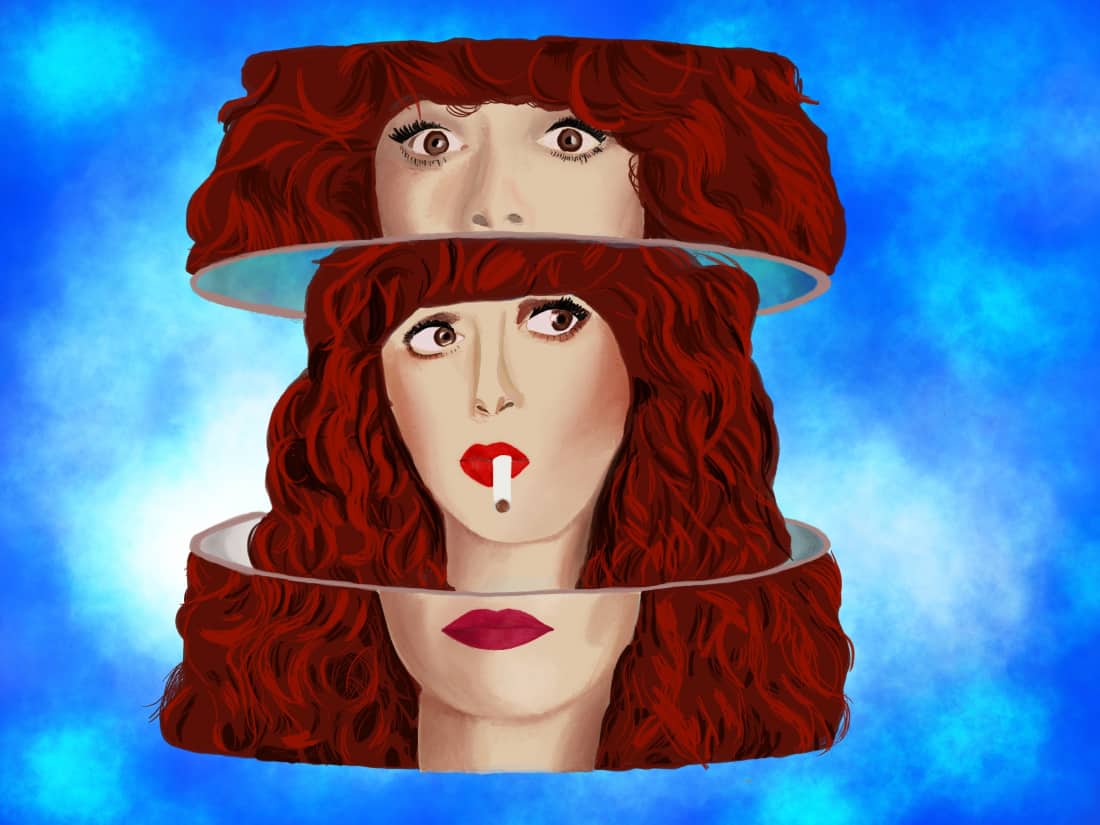
Russian Doll is comprised of eight 30-minute episodes that play out like Groundhog Day on acid. In the narrative, we follow Nadia Vulvokov — “like Volvo but with more letters and dyslexic” — while she continuously dies inside of a loop that always starts back at her 36th birthday party.
While the time-looping trope may seem tired, Russian Doll pulls it off effortlessly — adding depth and dimension that other iterations of the concept haven’t explored. While there are similar parallels to Bill Murray’s character in Groundhog Day — the protagonist, Phil, dies several times in attempts to escape his endless loop — there are also stark differences.
Phil’s loop breaks when he successfully woos his colleague and love interest into his bed after coming to the realization that he is in love with her. While Nadia also comes to the understanding that another person may be needed to break her loop, it isn’t about love interests or sexual conquests — it’s something much deeper than that.
As Nadia says during her disoriented run through her second loop, “I don’t know what I am doing. I was going to go home and fuck that guy, but now I just feel so profoundly empty.” It’s not who she can get into bed with her — it’s about not facing the world, or your demons, alone.
Death is the motif that is explored episodically in countless ways, from darkly comedic to intensely emotional and profoundly devastating moments. But the theme of Russian Doll is life and the endless fight — clawing through the heavy dirt of our damage and demons to emerge at the surface.
As Nadia’s surrogate mother figure, Ruth, says in her smoky voice, “You were this tiny seed buried in darkness fighting your way to the light — you wanted to live. It’s the most beautiful thing in the world. Do you still have that in you?”
Russian Doll is a meditation on damage. As Nadia falls endlessly through loop after loop, she always ends up back staring at her own reflection. She is finally able to take a long look at the internal void she’s been masking with her intelligence and wit — along with a heavy rotation of cigarettes, alcohol and drugs.
She along with Alan, a loop-sharing companion she meets at the end of episode three, live one day in their lives over and over again. But they are able to learn about not only the darkness they keep inside — “I’m the abyss,” Nadia drunkenly slurs to a homeless man — but also the light.
They are forced together, a connection of circumstance, but through their repeated interactions, they are able to come to the realization that they are not meant to be alone. And neither are we. We need other people. It’s not because we are trapped in an endless death loop but because life is meaningless without others in our lives. We can’t do this alone no matter how much we think we can.
Russian Doll is exactly like its namesake — it is a nesting doll of cerebral exploration and a peek into the darkness and resilience that resides in all of us. As Ruth says, “Holding two incompatible ideas in your head at the same time and accepting both of them — that’s the best of being human. Yes-no, goodbad, life-death.”
On the surface, Russian Doll appears to be a story that we’ve all seen before, but nestled inside each episode is a smart narrative that is layered with dark humour, sharp dialogue and deeply emotional character development. Despite the supernatural aspect of the time loop, there is a reality that mirrors our own — full of mistakes and growth and a bunch of shit for us to sort out.
“Hell is other people,” JeanPaul Sartre’s purgatorial play No Exit states, but in Russian Doll’s purgatory platform, it appears that hell is being alone. This is a devastating statement for misanthropes like me and the characters in Russian Doll.
“Life is a fucking nightmare. Being a person is a fucking nightmare,” Nadia says in the final episode. And perhaps, it’s true, but at least, we don’t have be in this nightmare alone.
As Alan explains it, “We are intrinsically and inexplicably linked, and our true purpose is to connect with each other.”
—
Erin Matthews / Opinions Editor
Graphic: Shawna Langer